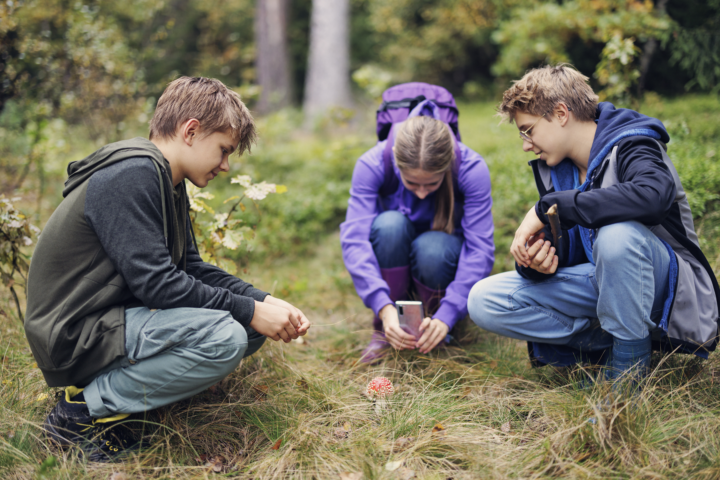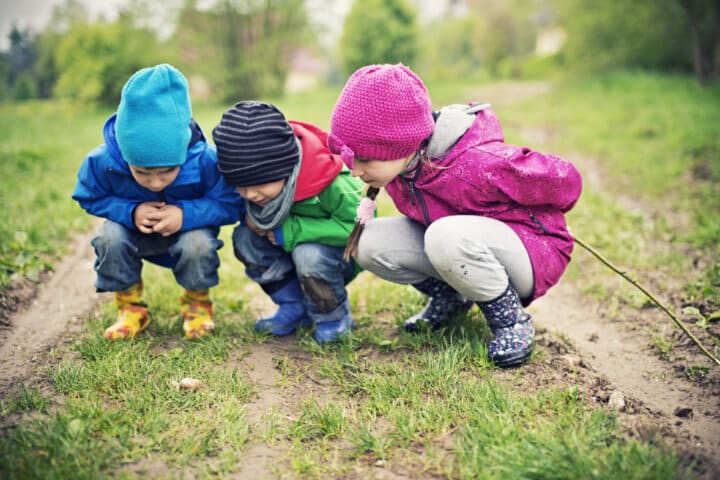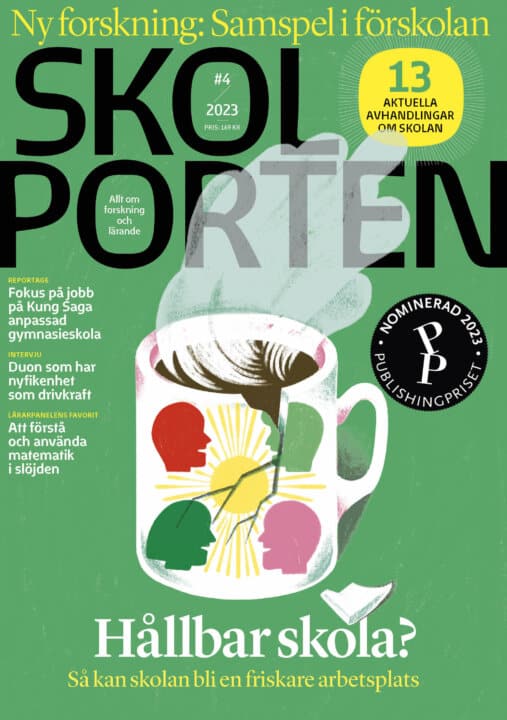Crafting Sustainable Development: Studies of Teaching and Learning Craft in Environmental and Sustainability Education
Det övergripande syftet med Hanna Hofverbergs forskning är att bidra med ny och fördjupad kunskap om undervisning och lärande när hantverksverksamheten anses vara miljö- och hållbarhetsutbildning.
Hanna Hofverberg
Docent David O. Kronlid, Uppsala universitet Professor Leif Östman, Leif, Uppsala universitet
Professor Jeppe Læssøe, Aarhus Universitet
Uppsala universitet
2019-03-01
Crafting Sustainable Development: Studies of Teaching and Learning Craft in Environmental and Sustainability Education
Institutionen för pedagogik, didaktik och utbildningsstudier
Crafting Sustainable Development: Studies of Teaching and Learning Craft in Environmental and Sustainability Education
The overall aim of the thesis is to contribute with new and deepened knowledge about the teaching and learning of craft when the crafting activity is considered as environmental and sustainability education (ESE). To achieve this, three objectives have been formulated: to examine what constitutes a craft subject content relevant for ESE, to examine what influences the learning process when the crafting activity is considered as ESE, and to examine how the crafting material participates in the learning process when the crafting activity is considered as ESE. The three research objectives are addressed by four studies: one literature study (Paper I) and three case studies where the empirical data is constructed through observations (video recordings) of a remake project (Papers II and IV) and an embroidery project (Paper III) in the craft subject ‘educational sloyd’ in Sweden. The main theories that the thesis draws on are Tim Ingold’s theory of making as a practice of correspondence and John Dewey’s transactional approach to meaning-making. Several methods that acknowledge learning in action are used, which makes it possible to explore how the student–material relations emerge and how both humans and more-than-humans participate in the learning activity. The findings show that a craft activity, for example a remake project, can have different purposes and pedagogies, which produce different learning experiences and sustainability outcomes. Further, I identify and distinguish a process content from a product content, which deepens our understanding of what students learn when the crafting activity is considered as ESE. By focusing on how the student–material relations emerge in the learning process – with concepts that I use and develop such as correspondence, stories, and transactant – I empirically show how the crafting material not only participates with its materiality but also creates the embodied stories that students recognise when they encounter the crafting material in the crafting activity. How humans learn in socio-material relations and what consequences these have for ESE are two key issues that are further discussed when the crafting activity is considered as ESE.
Relaterade länkar

Biologi
 Åk 7–Vux
Åk 7–Vux Hållbar utveckling i förskolan
 Fsk
Fsk 




